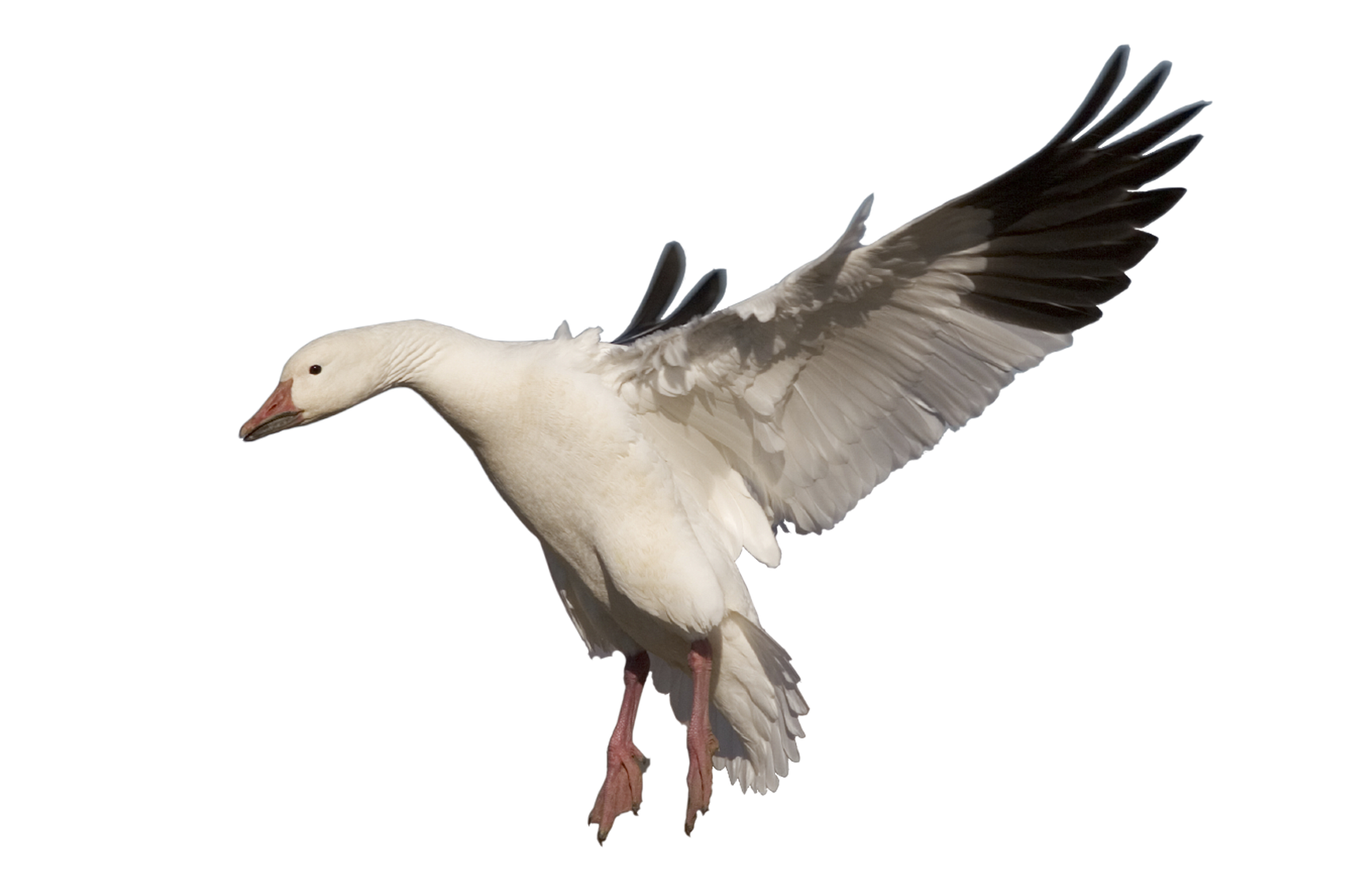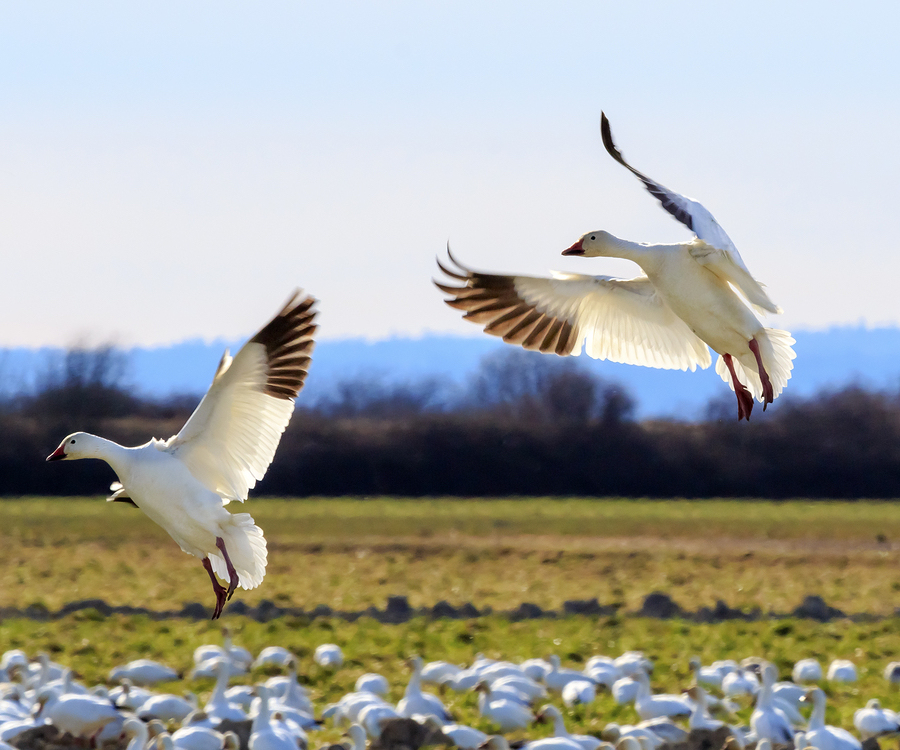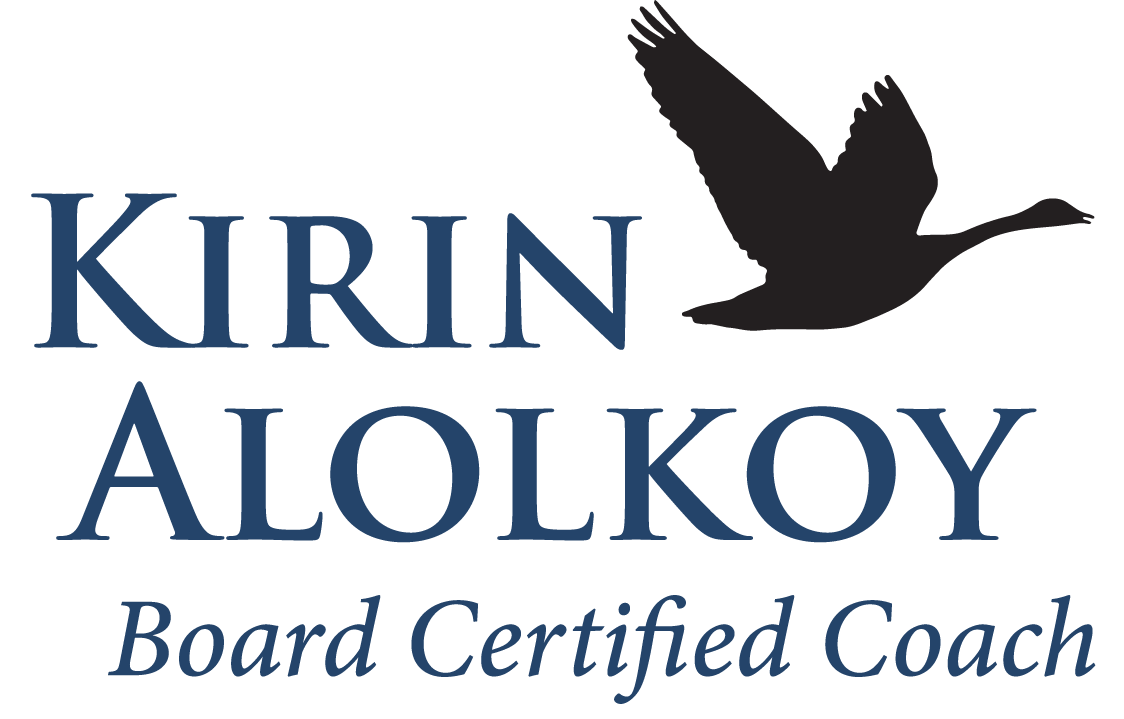About the Geese
The way geese fly in a V formation is a nice metaphor for how the aspects of a personality can work together toward a common goal. Each goose is unique, yet they all cooperate harmoniously to get where they’re going. Cooperation lightens the load for all of them; working together, they can move faster and maintain flight much longer than an individual goose could alone. Studies suggest that “a flock of 25 birds in formation can fly as much as 70% further than a solo bird using the same amount of energy.” Read more about the aerodynamics of goose flight here and here.
In a V formation, different geese take turns at the front—the hardest position because there’s nothing to reduce wind resistance. When the lead goose gets tired, it falls back and another goose takes over at the front. The geese work synergistically, respectful of each bird’s capacities and limitations.
In personal growth, the Self is ideally leading the way for the rest of the flock (your different aspects, or parts), who look to it for guidance. My coaching supports you in helping your geese get in alignment with your lead goose so that all your aspects can work together toward your highest vision for your life.
If a goose gets injured during a migration, other geese stay behind to care for it until it has recovered enough to resume the trip. Similarly, if you have an aspect (or more than one) that, for some reason, isn’t “on board,” we don’t abandon it—we give it caring attention and see what it needs, always with confidence that at its core is positive intent.
Other cool facts about geese:
- Geese use the same migration route year after year. Young geese learn the route from their parents.
- Geese are monogamous for life unless their mate dies.
- Geese commonly fly as fast as 50 miles per hour.
- Bar-headed geese, the world’s highest-altitude migrating birds, fly over Mount Everest at an altitude of about 30,000 feet.
- While migrating, geese can travel more than 620 miles in a single day. If their migration route took them around the world at the equator, they could make the trip in about 40 days.


“Honk, honk, honk!”
— Snow geese, New Mexico



